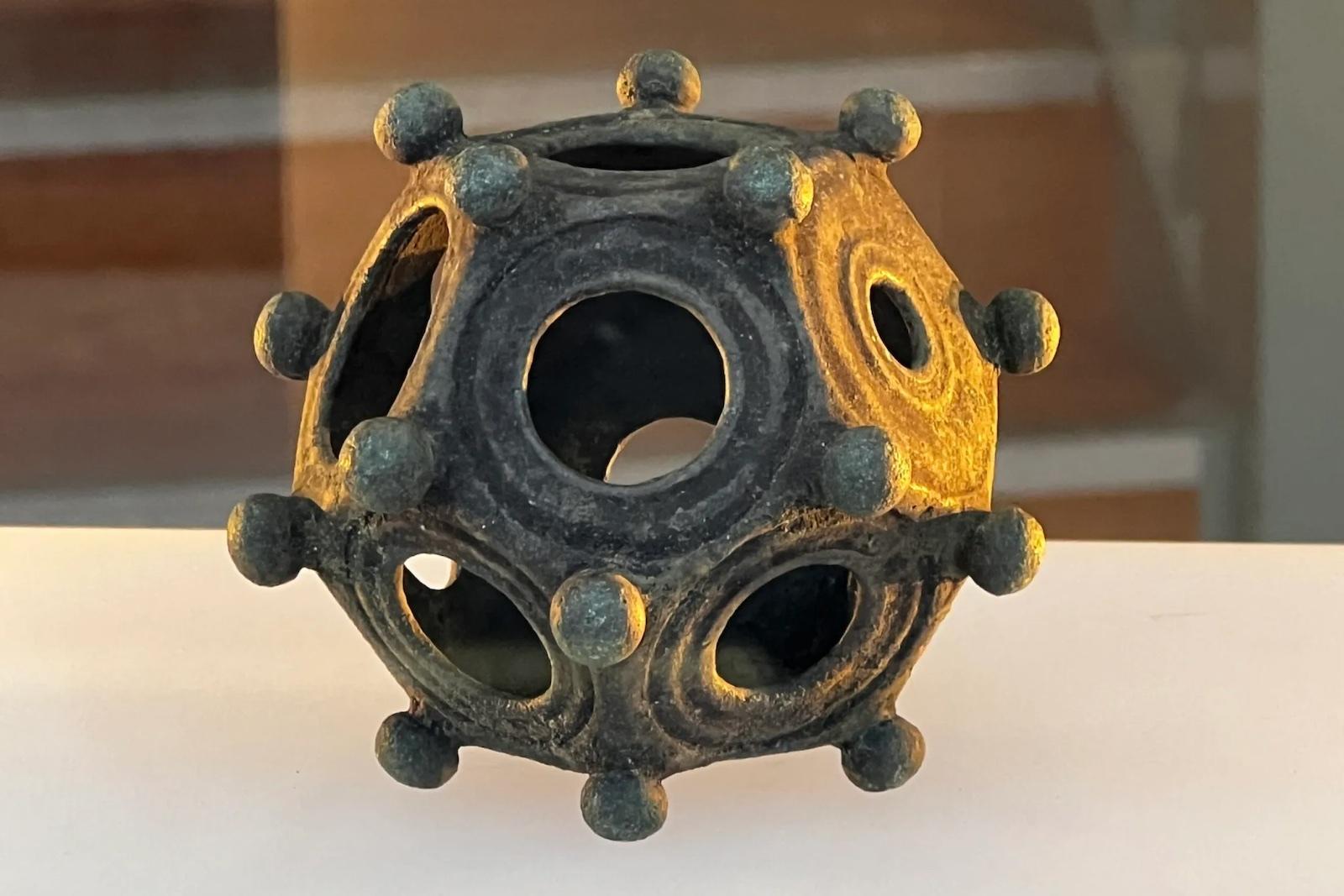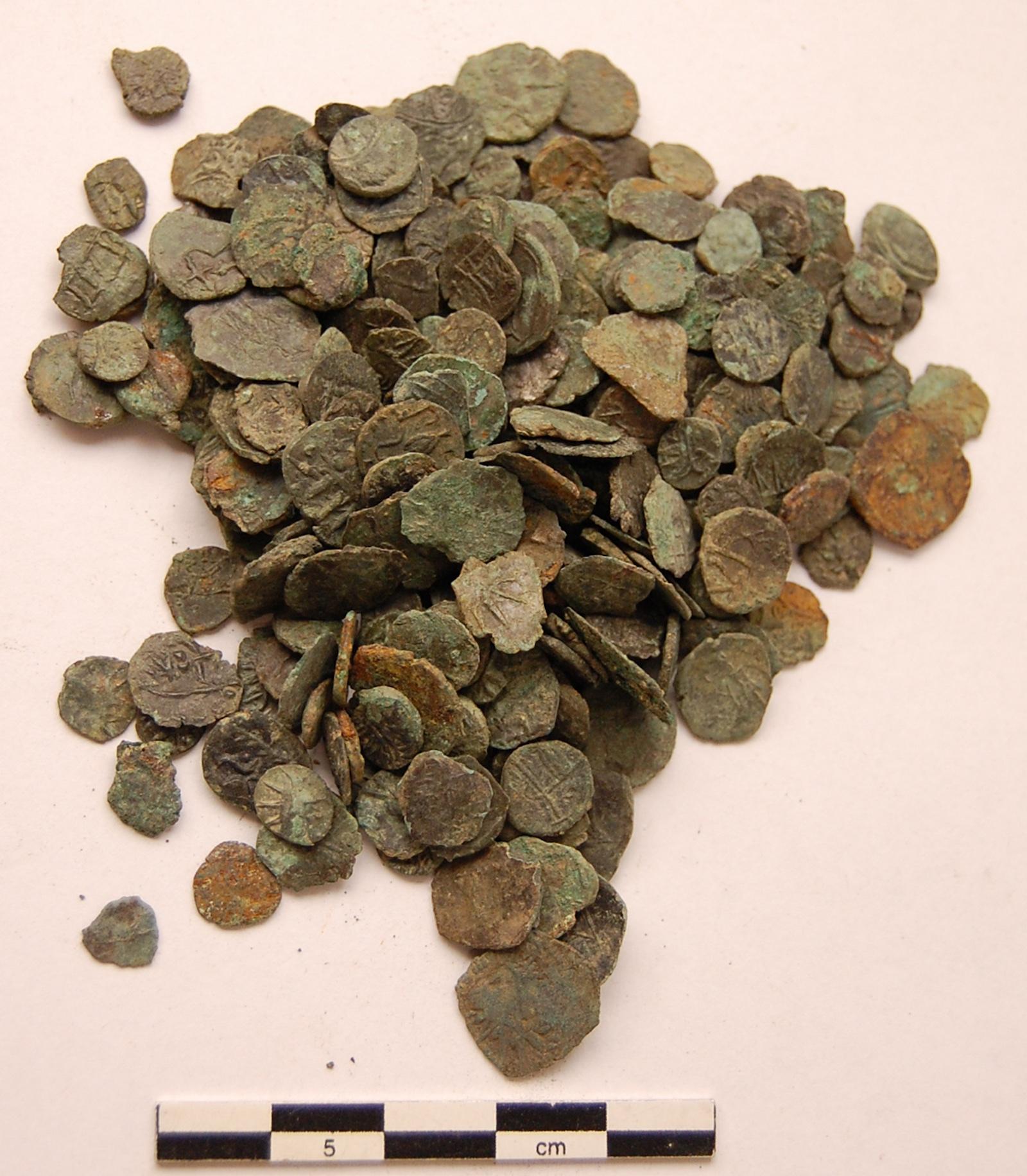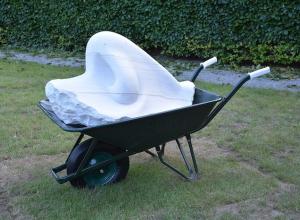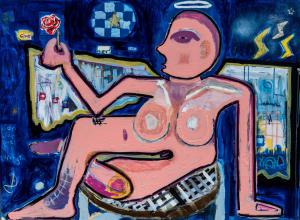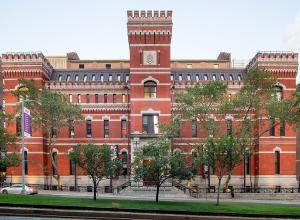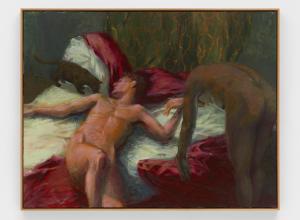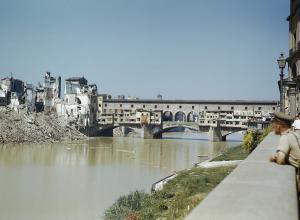Hollow with 12 holes of varying diameters, these dodecahedrons are quite the archaeological enigma. There is no written documentation or drawings of these pieces, so the explanation behind their original purpose is left to great speculation. The dodecahedrons have come in multiple sizes, showing they are not standardized, and they do not have any inscriptions, nor do they typically show any types of wear.
The precision in their shape and build proves the crafting of a dodecahedron required great time and effort, making it likely that the object was not cheap, nor frivolously dealt with. Previous dodecahedrons have been found buried amongst coins; this can either be viewed as another potential hint at their perceived value at the time or at their possible purpose having something to do with currency.




